Core rules of padel
Let’s keep this simple. You want to start playing padel, and you don’t need a bunch of unnecessary fluff. So here it is—the absolute core rules of padel to get you playing fast. If anything’s unclear, reach out. But honestly, this should cover everything you need to hit the court, have fun, and not look like a total rookie.
Equipment Basics: Keep It Clean, Keep It Safe
Here’s a quick note on gear: always, and I mean always, wear the lanyard attached to your racket. No exceptions. It’s not just a safety rule; it’s a "don’t embarrass yourself" rule. No one wants to be the person who flings their racket across the court and accidentally smacks their partner in the head. Trust me—use the lanyard.
How to Play: It’s All About Scoring Points
So, what’s the objective of padel? It’s pretty simple—score points. Here’s how you make that happen:
- The ball bounces twice on the other side of the court.
- The ball bounces once on their side, then hits something outside the court (like the ground, ceiling, a chair, the fence, etc.).
- The ball bounces once on their side, then clears the back fence (you’re an absolute boss if you do this regularly).
- They mess up and commit a fault.
Faults: How to Screw Up and Lose the Point
Let’s be real, mistakes happen. Here’s a list of ways you’ll lose points in padel:
- The ball bounces on your side after you hit it.
- You hit the ball with anything other than your racket (your body, clothes—yes, even your clothes count).
- You touch the net, or its post, with your racket, body, or clothes.
- The ball hits the fence before bouncing on their side.
- The ball hits their side wall without bouncing first.
- The ball touches something outside the court before bouncing.
- You hit the ball twice in a row.
- You “carry” the ball with your racket instead of hitting it cleanly.
- You hit the ball on their side before it bounces on yours.
Make any of these mistakes, and yeah, you’ve just handed the point over to the other team.
Let’s Talk About Lets
Sometimes, things happen that stop play—through no fault of anyone—and the point gets replayed. These are called lets:
- A random object (like another ball or a rogue pigeon) enters the court.
- A player’s ball or clothing falls off. After the first accident, though, it’s considered a fault, so keep your gear in check.
Warming Up: It’s Customary, So Just Do It
Before the match starts, it’s customary for all players to warm up, typically for 5-10 minutes. This isn’t the time to start going full throttle—it’s about getting loose and getting a feel for the ball. Both teams will take turns volleying, defending, and practicing overhead shots. Once everyone agrees, the match starts.
Choosing the First Server: Flip a Coin or Just Wing It
Who serves first? It’s random. You can flip a coin or do something more casual, like hitting the ball around until each player has touched it once, and then decide. The team that “wins” serves first. Simple.
Scoring: Let’s Break it Down
Padel scoring works similarly to tennis, but let’s go through it step by step.
Game Scoring:
Points in a game go from 0 to 15, 15 to 30, and 30 to 40. If both teams hit 40 points, you’ve got two ways to settle the game:
- Traditional (Advantage): Win by 2 points. At 40-40, the next point gives one team “advantage.” If you have the advantage and win the next point, you take the game. If you lose, it’s back to 40-40.
- Golden Point: This is where it gets a bit more brutal. At 40-40, the receiving team picks who will return the serve. The next point decides the game—no second chances.
Set Scoring:
To win a set, you need to rack up 6 games, provided your opponents have 4 or fewer. If it’s 6-6, buckle up—it’s tie-break time.
Tie-Break:
A tie-break is straightforward. The first team to reach 7 points wins the set, but you have to win by 2 points. It’s quick, but it’s tense.
Match Scoring:
Most matches are played best out of 3 sets. If both teams win a set, the final set might be a super tie-break to decide the winner.
Super Tie-Break:
Same rules as a regular tie-break, but first to 10 points instead of 7. You still need to win by 2 points. This is the ultimate decider in a close match.
Serving and Returning: The Basics
Who Serves?
The team that starts serving decides which player will serve first. After every game, the serve switches to the other team, alternating between players. After a set, the team that didn’t serve last starts the next one.
Serving in a Game:
Start serving from the right side, and hit the ball diagonally to the opponent’s right side. Alternate sides (right to left) for each serve until the game ends.
Serving in a Tie-Break:
Serve starts on the right side. After the first point, the opponent serves two points from the left side, and then you alternate two serves per player.
Technical Serve Rules:
You must serve from within the serving box, diagonally to your opponent’s box. Bounce the ball, and hit it below your waist. No running or jumping allowed while serving.
Serve Faults:
You’ve got two chances to get the serve right. Mess up both, and you lose the point. Here’s what to watch for:
- The ball lands in the wrong part of the court.
- The ball hits the fence after bouncing.
- You break the rules on how to serve (foot faults, serving from the wrong side, etc.).
Serve Lets:
If any of these happen, the serve is replayed:
- The ball hits the net but lands correctly.
- The opponent wasn’t ready to receive the serve.
- A service fault is wrongly called.
Reception During Serve:
One player on the receiving team handles all the serves on the right, the other player handles the serves on the left. You can stand wherever you want, but most players stay behind the service box to give themselves a better chance.
Changing Sides: Keep It Fair
Players switch sides after every odd game (1-0, 2-1, 3-2, etc.) to keep things fair. In a tie-break, sides switch every 6 points.
Wrapping It Up: Get on the Court
That’s it. You now know enough to get out there and start playing. Padel is a fast, fun game that’s all about strategy, teamwork, and quick reflexes. It doesn’t take long to get the hang of the basics, and once you do, you’ll be hooked.
Remember the key rules, don’t forget the lanyard on your racket, and play with respect. Whether you’re a seasoned tennis player or brand new to padel, these core rules are all you need to get started. And if you want to really dive deep and improve your game or even manage a club, you know where to find the tools and strategies—right here at Padelcano.com.


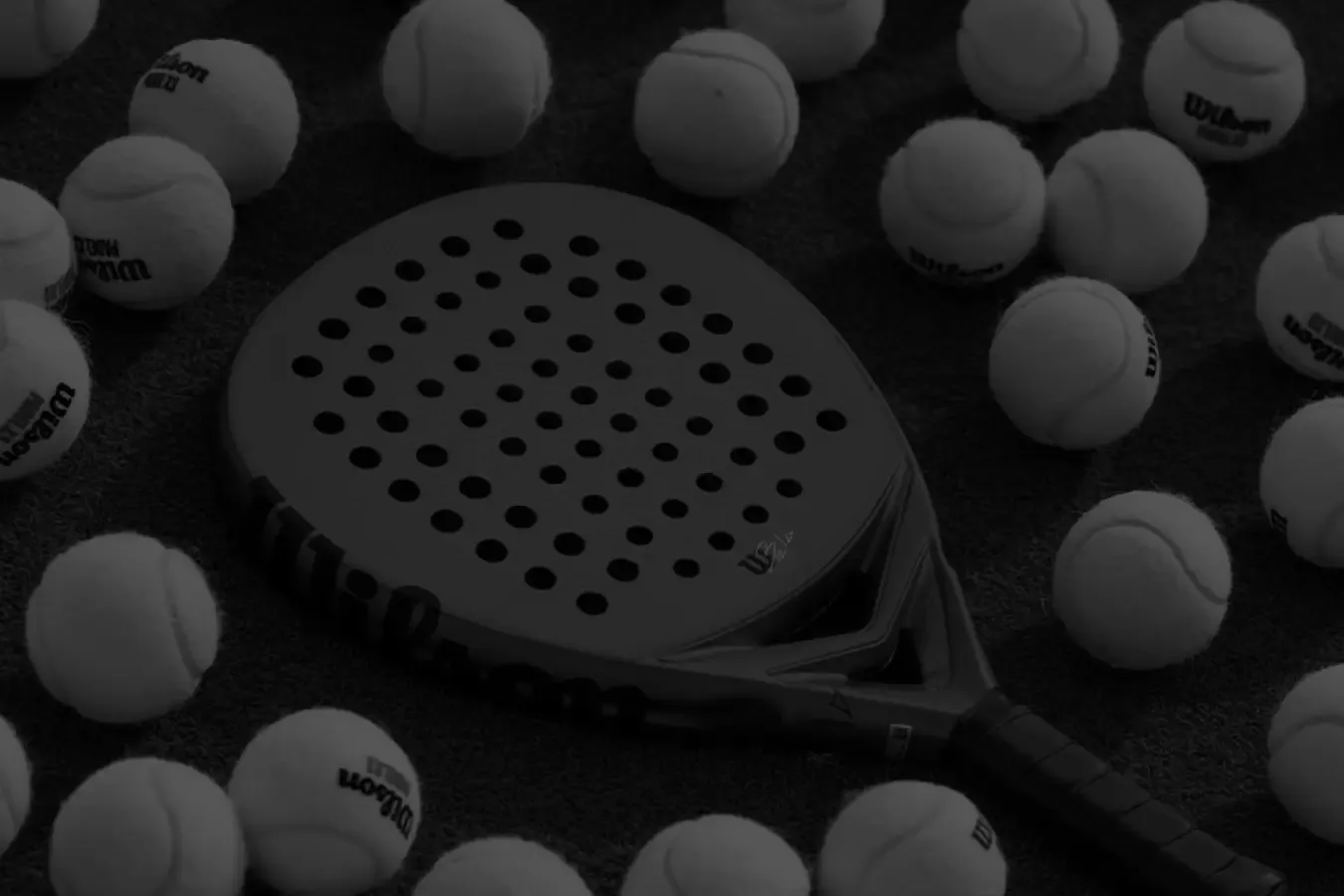
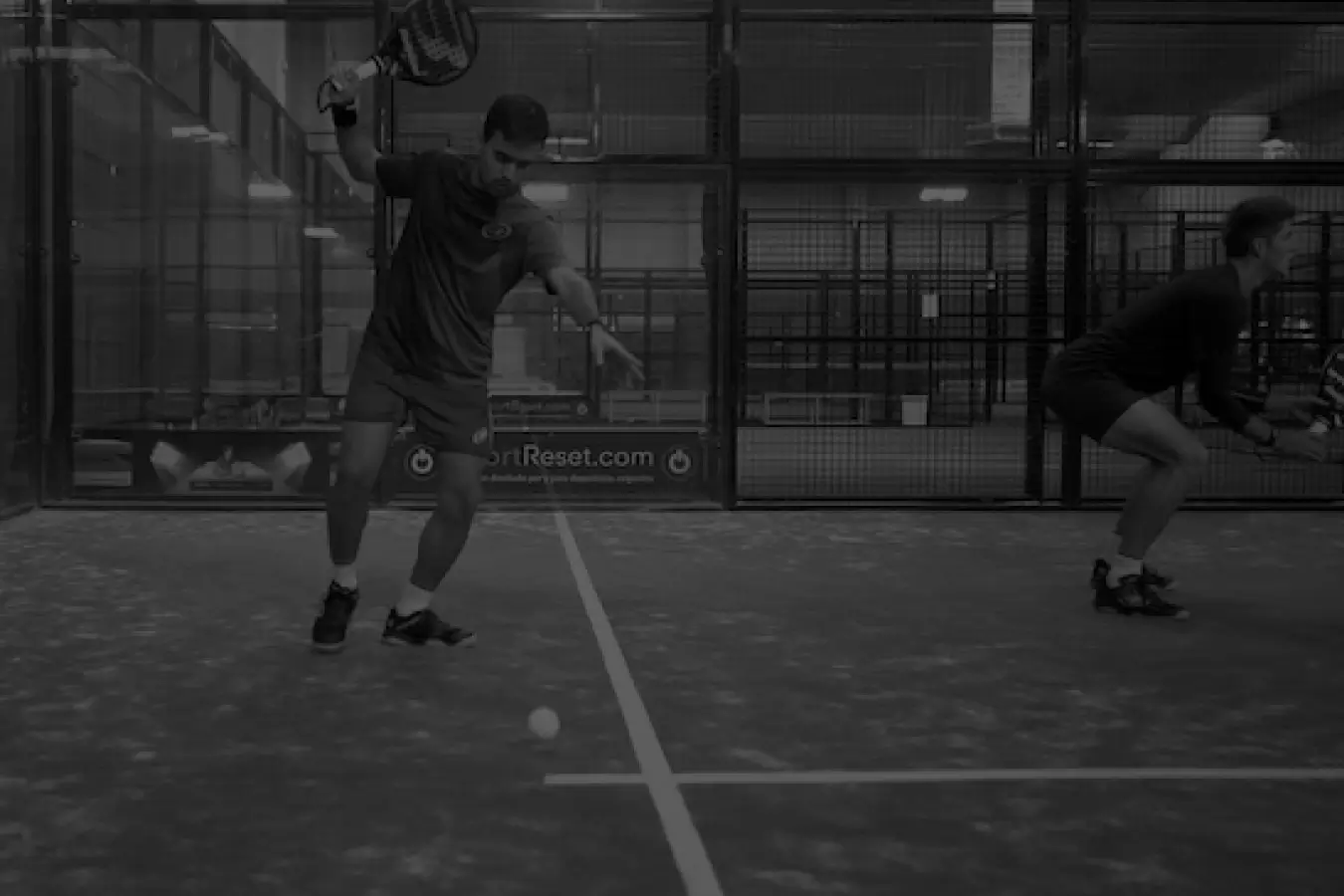
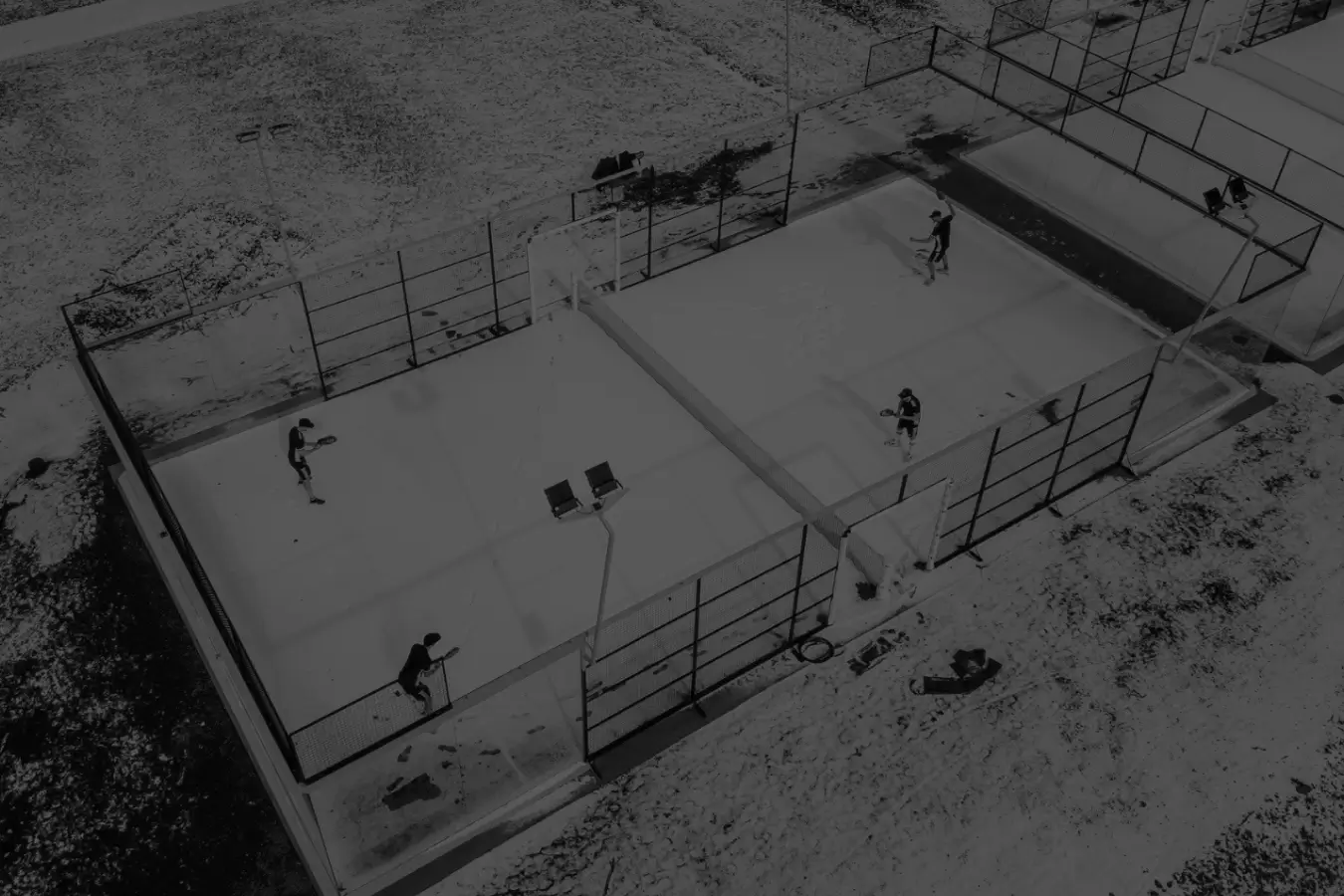

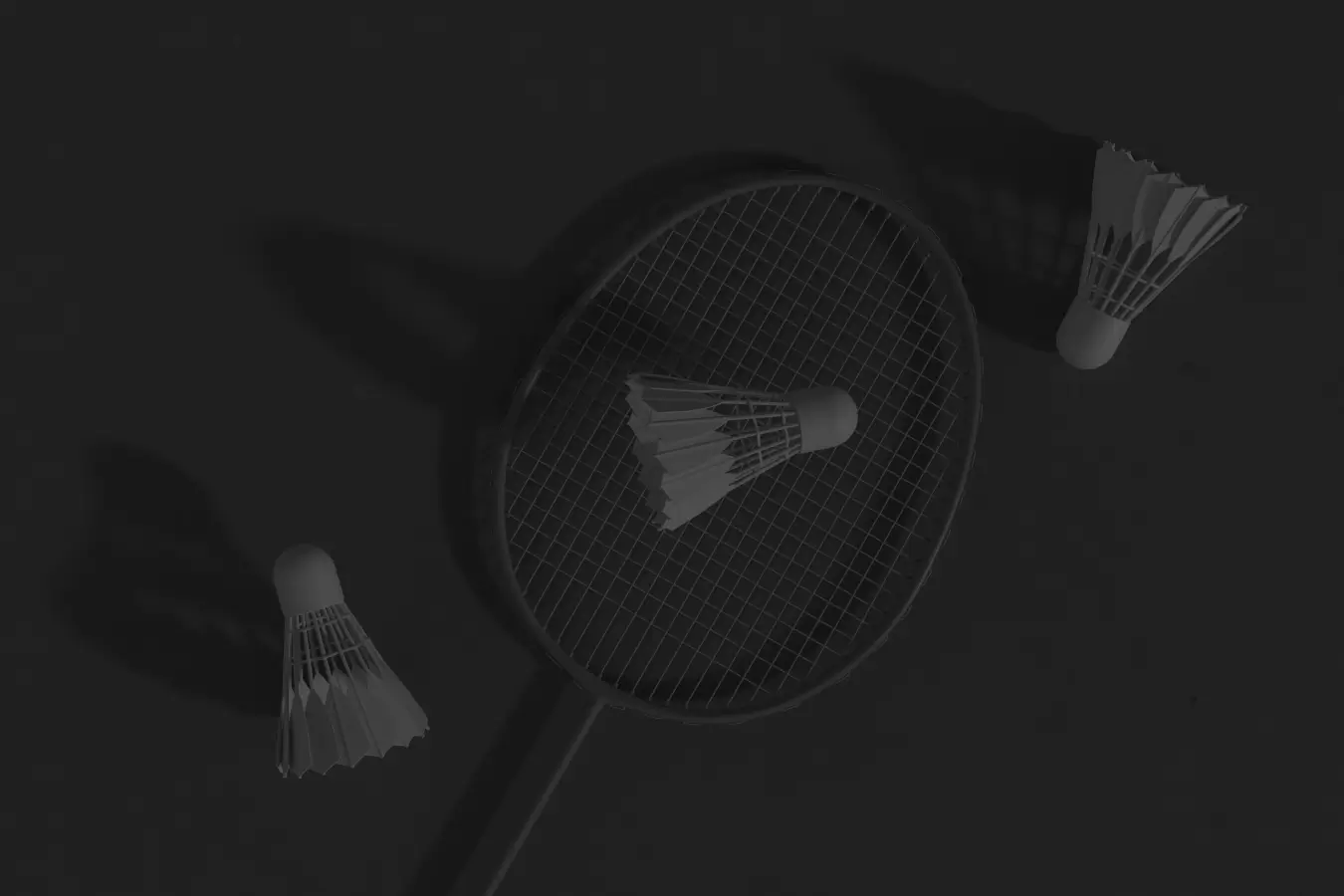
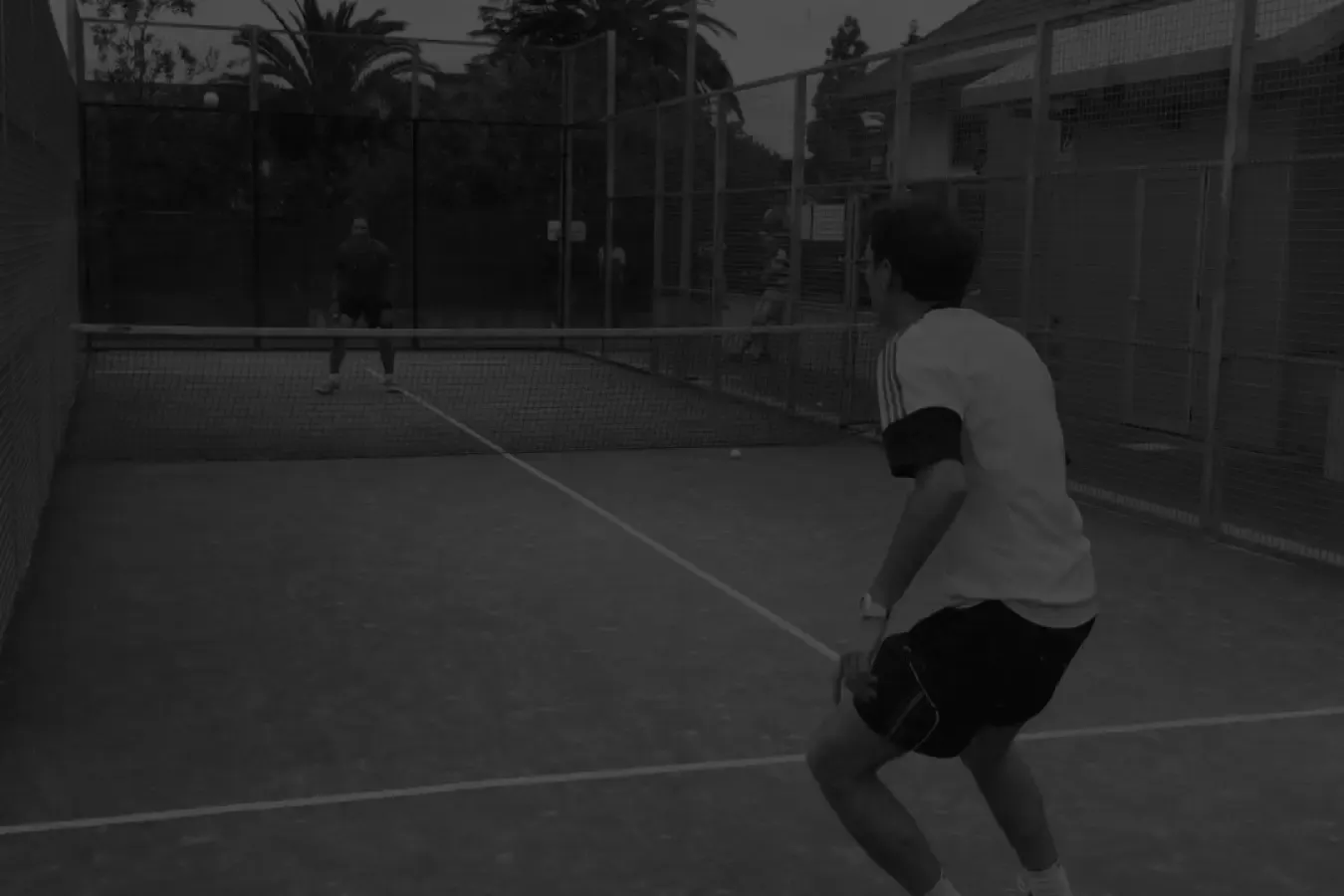
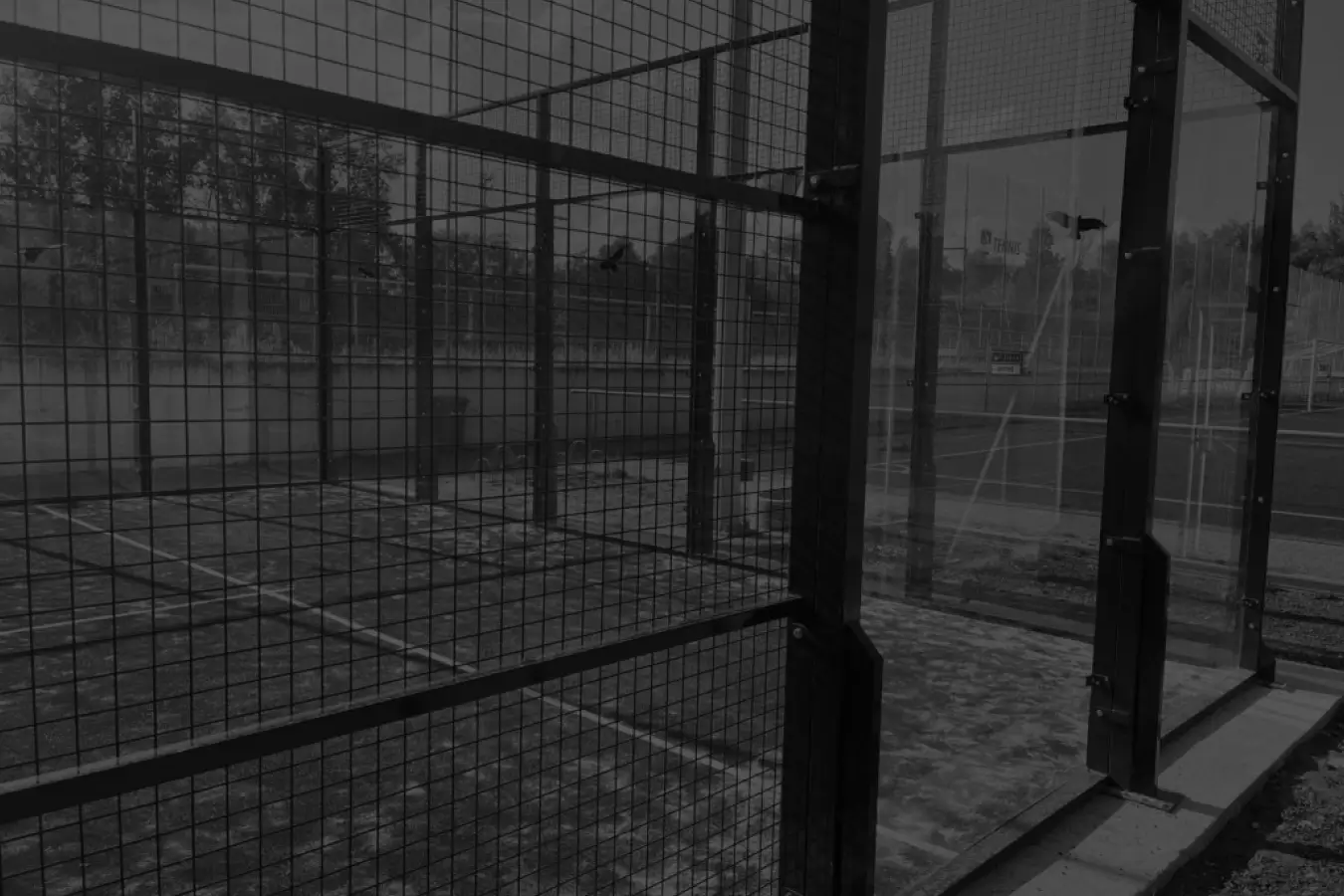
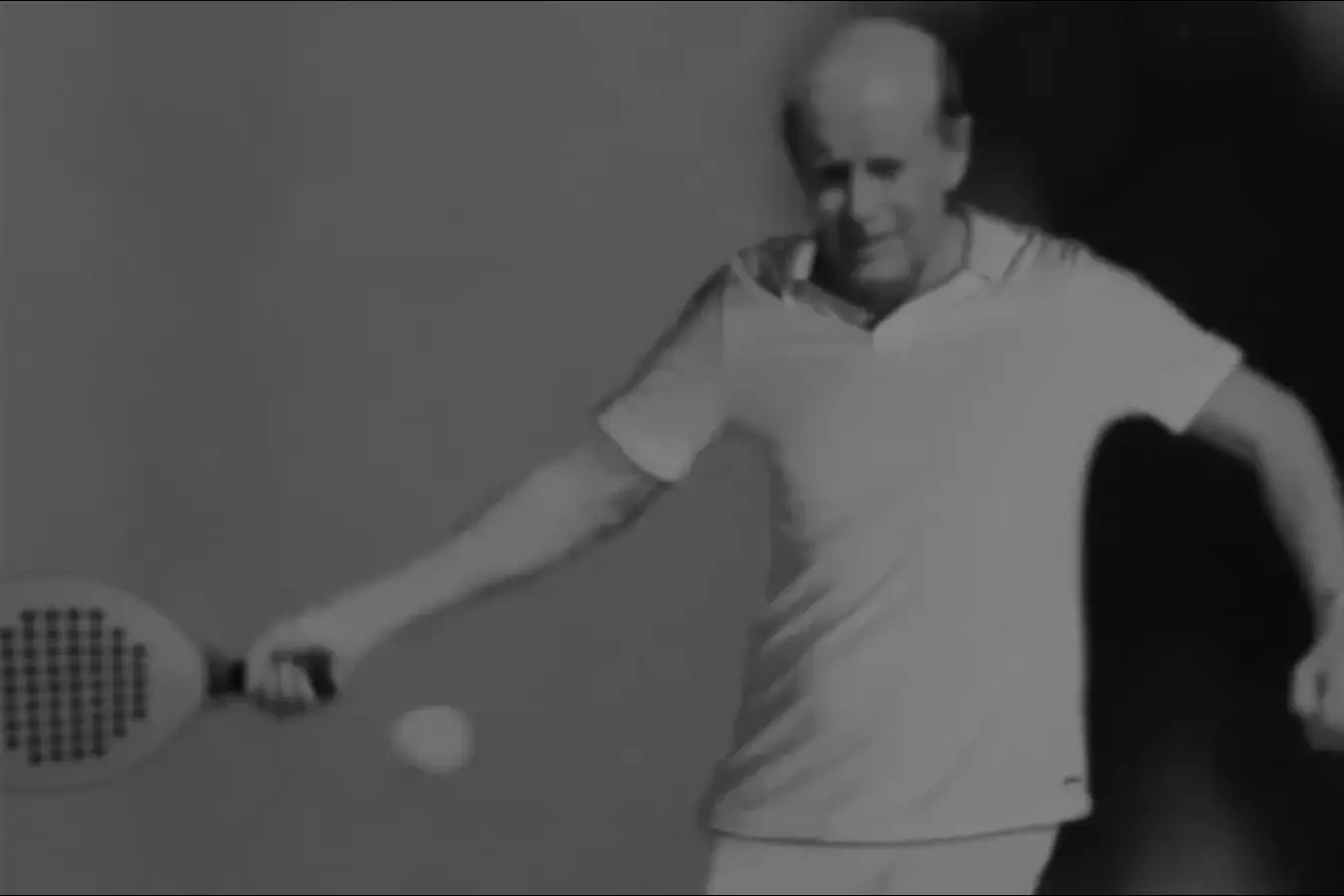
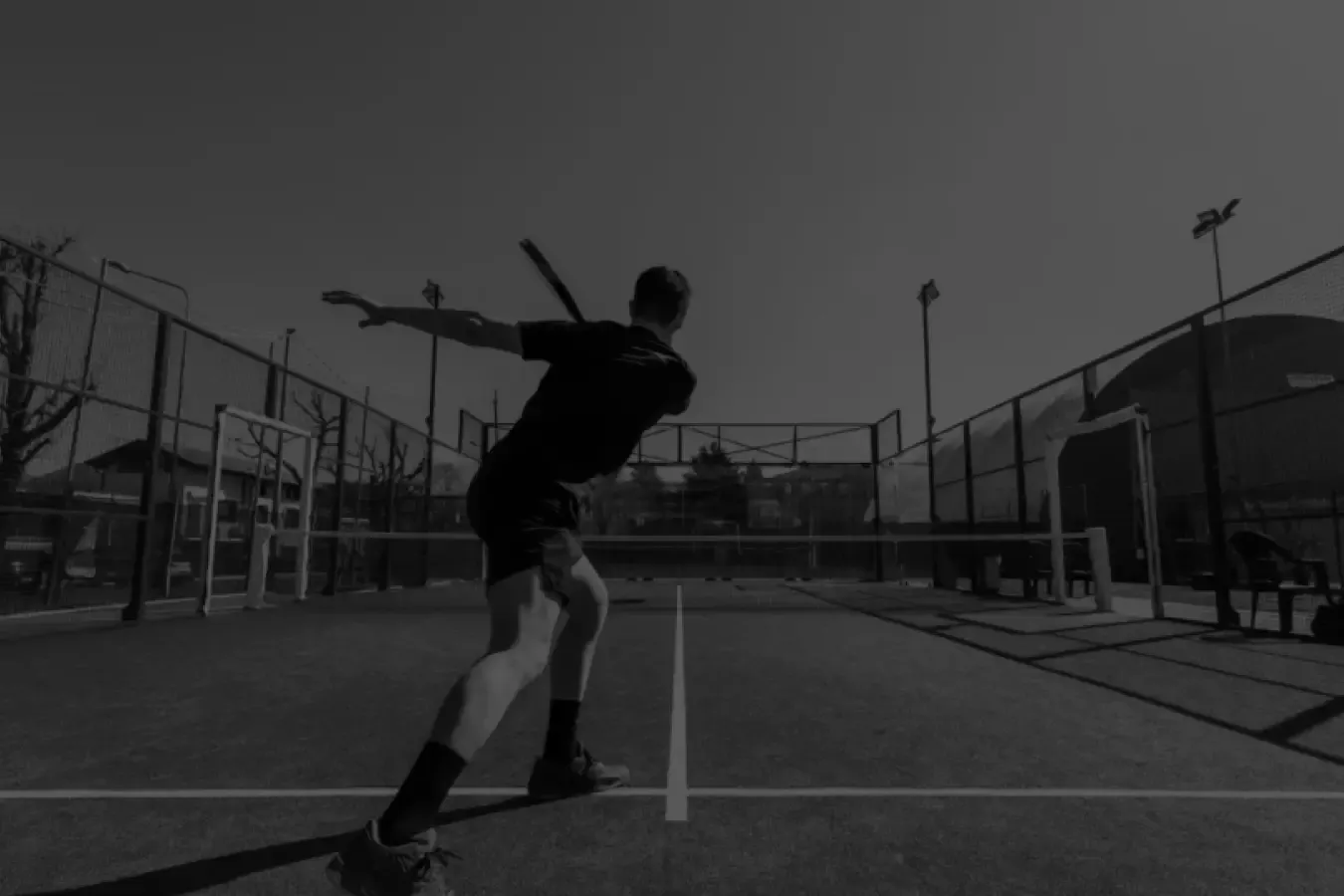

Discussion